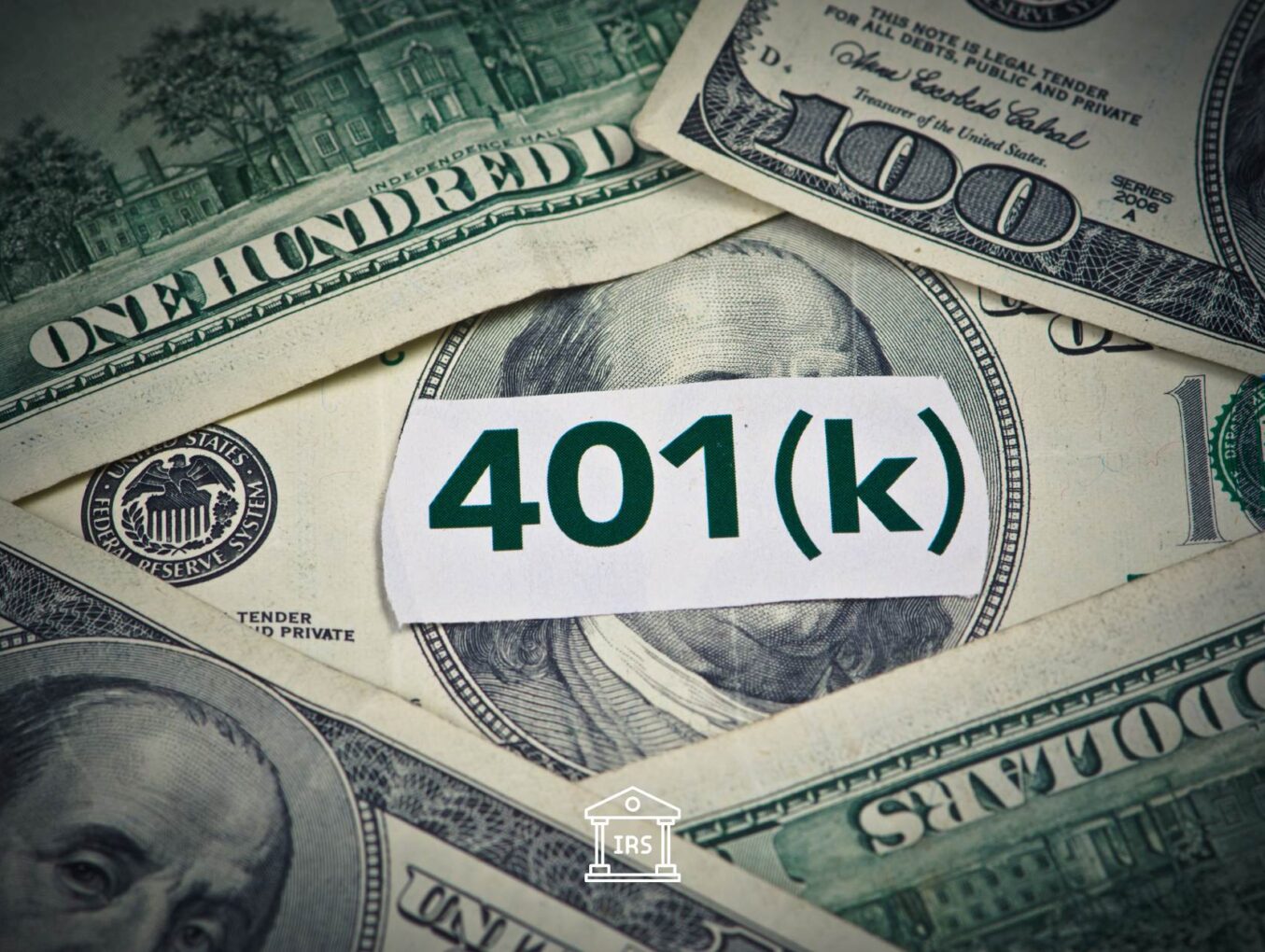What Is a 401(k) Withdrawal and How Much Can You Take?
A 401(k) withdrawal is when you take funds from your retirement savings account. The amount you can withdraw from your 401(k) and the possible penalties for early withdrawal depend on a plan’s terms, your age, and reason for the withdrawal.
Withdrawals from a 401(k) made after age 59½ won’t be penalized. Otherwise, early withdrawals are subject to additional IRS taxes. Hardship withdrawals and 401(k) loans have separate eligibility criteria and limitations.
How Does the IRS Tax 401(k) Withdrawals?
As mentioned above, your 401(k) terms, your age, and why you withdrew money from your retirement account determines how the IRS taxes your withdrawal.
Early Withdrawal
If you withdraw from your 401(k) retirement before age 59½, the IRS counts your withdrawal as taxable income. You will owe tax on the amount you withdrew according to your tax bracket rate plus an additional 10% tax.
According to the IRS, the 10% “penalty” is intended to “discourage individuals from using their retirement funds for non-retirement purposes.” However, there are exceptions for penalty-free withdrawals:
- Paying medical expenses that exceed 7.5% of your adjusted gross income.
- Becoming permanently disabled.
- Withdrawals made by the executor of your estate or beneficiary following your death.
- Paying for qualified higher education expenses for children, grandchildren, a spouse, or yourself.
- Mandated by court order to make withdrawals as part of a divorce settlement.
- Purchasing your first home (up to $10,000).
- Paying adoption or birth expenses (up to $5,000 per child).
Failing to Take Required Minimum Distribution (Late Withdrawal)
The Required Minimum Distribution, or RMD, is how much the IRS says you must withdraw from a 401(k) beginning at age 73. This rule guarantees individuals spend retirement savings within their lifetime so they cannot suspend taxes indefinitely.
The IRS calculates your RMD amount using this formula: 401(k) account balance divided by life expectancy factor. You can find your life expectancy factor in IRS Publication 590-B.
Your Required Minimum Distribution amount is part of your taxable income. If you fail to take your RMD by December 31st, that triggers a 50% tax penalty on the distribution amount you were supposed to withdraw.
Hardship Withdrawal
The IRS will tax a hardship withdrawal as income if you didn’t pay taxes on the original investment. Also, you may have to pay the additional 10% tax if you are younger than 59½, and you may not be able to make your next 401(k) distribution until six months after your hardship withdrawal.
Just like with early withdrawals, to qualify for a penalty-free hardship withdrawal, you must:
- Prove you, your spouse, or dependents have medical expenses you cannot afford to pay.
- Have home purchase expenses, excluding mortgage payments.
- Show you need the withdrawal to prevent foreclosure or being evicted from your home.
- Have higher education expenses for you, your spouse, or dependents.
- Have funeral expenses for your parents, spouse, children, or dependents.
What Is a 401(k) Loan and How Much Can You Borrow?
One way to withdraw funds without paying taxes or penalties is to take a loan from your 401(k). The IRS sets conditions for borrowing from and repaying a 401(k):
- You can only borrow 50% of your vested balance or $50,000, whichever is less. Some plans have exceptions for vested balances below $10,000, which is uncommon.
- 401(k) loans have interest and must be paid back in five years. The exception to the five-year repayment requirement is if you use the loan to buy a home.
- Loan repayments are usually taken as payroll deductions.
- Defaulting on a 401(k) loan results in the balance being subject to IRS tax rules. In other words, if you are not yet 59½ years old, the IRS will assess the 10% early withdrawal penalty.
Keep in mind that quitting or losing your job means the 401(k) loan’s outstanding balance becomes due. If the loan balance is not repaid, it is taxed and penalized as a distribution, not a loan.
Can the IRS Levy Your 401(k)?
Yes, the IRS can levy your 401(k) retirement account if you owe unpaid taxes. Retirement funds held in a 401(k) are considered assets, which can be seized by the IRS and used to settle your tax debt.
Note that the IRS is legally authorized to take up to 100% percent of your 401(k) to offset back taxes depending on how much you owe.
30 days before the IRS starts a 401(k) levy, you will receive a CP504 levy notice. You can appeal this levy, or choose to enter into a payment agreement, such as an Offer in Compromise or Installment Agreement, to stop the IRS from taking your 401(k).
Need more help? You can start online by answering 6 simple questions.
6 Simple Questions. Free Evaluation.

